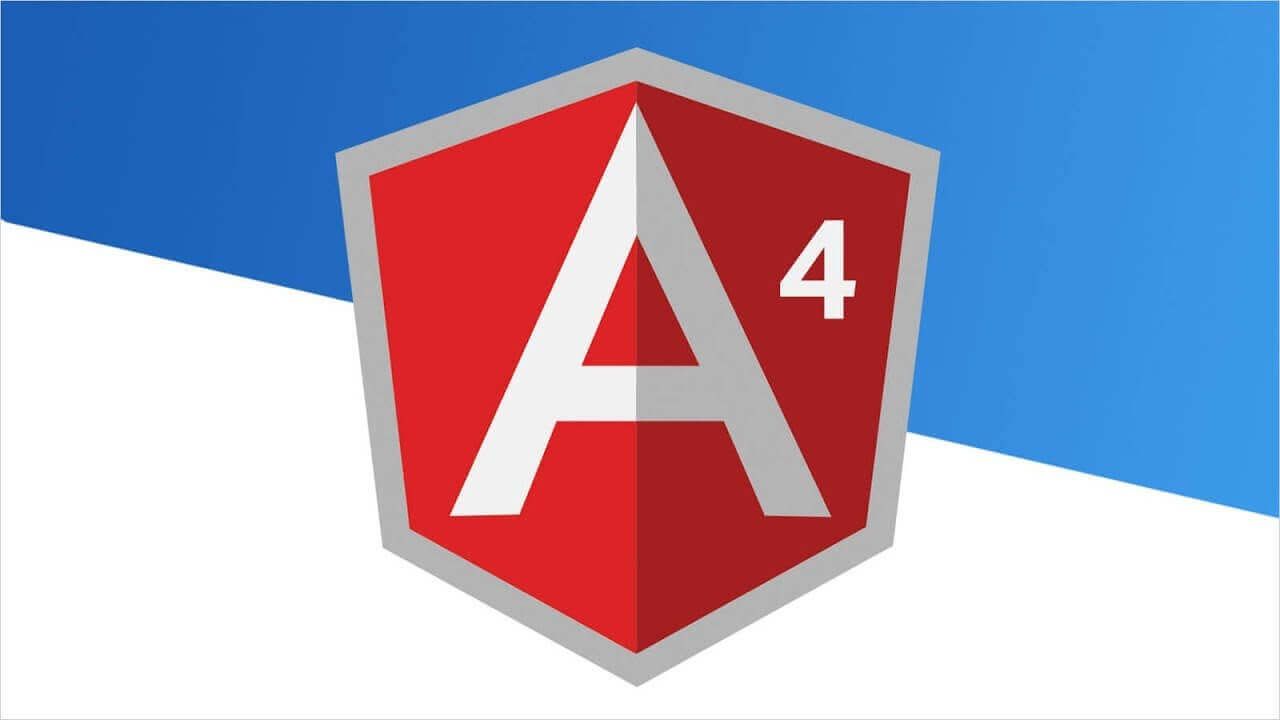
7 Frequently Asked Questions about Angular 4
Angular is a clienside, opensource programming language. In this blog post, we will tackle seven frequently-asked questions about Angular 4.
Q:1 What Is New In Angular 4?
- Faster and smaller apps
- The view engine size has been reduced
- There’s a unique animation package
- NgIf and ngFor have been improved
- The compare select options have been added
- Meta tags have been introduced
- The router has been enhanced
- The error-handling methodology has been made meaningful
- The HTTP requests have been simplified
- App testing has been made easier
Q:2 Why Angular 4?
- It makes work easier when compared with other models
- Codes are shorter and cleaner
- It enhances the execution performance for data binding
- It includes animation features as well
- There’s no need to apply observable methods as it analyses every page’s DOM and automatically modifies to the page’s DOM
- It is also a supported by the Visual Studio, NET IDES, and IntelliJ
Q3: What Is Angular JS?
It is a structural framework followed to develop dynamic web applications. HTML can also be used as a template language in Angular JS. HTML’s syntax can further be extended to express an application’s components clearly. Its data binding and dependency injection allow you to avoid excessive code you would otherwise have to write. This process happens inside the browser making it an ideal partner with any given server technology.
Angular JS is what HTML could have been, had it been dewsigned for apps. HTML is meant for static documents as it is a declararative language. It does not contain much in it to create applications for the web.
Q4: What Would Happen If The Same Module Is Imported Twice In Angular 4?
You can import the same model twice, but Angular does not support modules with circular references. So, you can’t let Module “X” import module ‘Y” which has already imported Module “X”. When all four modules import module “X”, the Angular 4 estimates Module “X” once. The modules help us organize an application into associated blocks of functionality.
Q5: How Can Jwts Help In Authenticating Angular 4 Applications?
- Credentials are sent by the users to the server, which are then verified by the database credentials. If everything is verified successfully, the JWT is sent back to the users
- The JWT is stored in the user’s local browser storage or in the cookie
- A saved JWT in the browser can be used as an indicator that a user is presently logged in
- JWT’s expiry time is constantly monitored to maintain an authenticated state
- The routes on the client-side are protected by authenticated users
- When the XHR requests for APIs are sent by users, an authorization header is sent to the JWT using cookies or bearer
Q6: What Is The Difference Between Angular JS And Angular 4?
- Angular was a ground-up rewrite of Angular JS. It has many unique features:
- It does not have a concept of “scope” or “controllers”. It uses a hierarchy of components which forms its main architectural concept.
- Angular has a different expression syntax that focuses on “[ ]” for binding the property and “( )” for binding the events.
- Mobile development: Desktop development becomes easier when mobile performance issues are handled before anything and everything else.
- Contemporary browsers only: They reduce the need for browser compatibility workloads.
- Modularity: Core functionalities are carried out using modules, which produces a lighter and a much faster core than usual.
Furthermore, angular recommends using Microsoft’s TypeScript language. It has the following features:
- Static typing
- Object-oriented programming based on classes
- Generics
TypeScript is a superset of the ECMAScript 6, which is also called ES6. It is backwards compatible with ECMAScript 5, which is also known as JavaScript. Angular also gives the users the benefits of ES6 such as:
- Iterators
- For/Of loops
- Reflection
- Lambdas
- Python-style genrators
- Simpler routing
- Dynamic loading
- Template compilation is asynchronous
Q:7 What Is A JSON Web Token And When Should It Be Used?
JSON Web Token (JWT) is an open standard used for securely transferring information between parties as a JSON object.
These can be signed with:
- RSA Algorithm
- HMAC Algorithm
These tokens consist of three parts
- Header
- Payload
- Signature
Angular 4 is a lesser-known application that is immensely useful for people who want to hone their programming skills. Aspiring programmers across the globe are learning Angular 4 for better career opportunities. If you are interested in learning upskilling yourself and learning this language, feel free to checkout the courses we have on offer.
